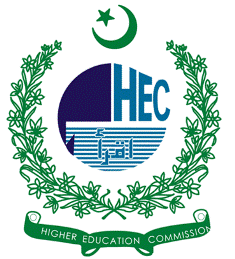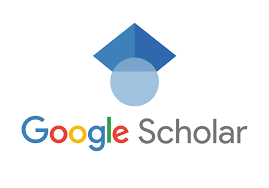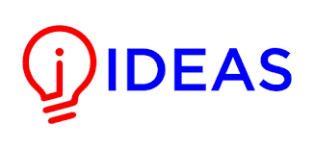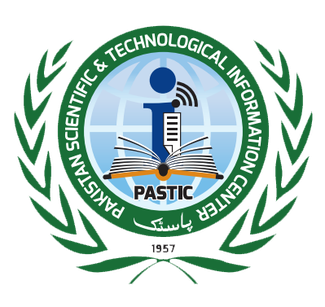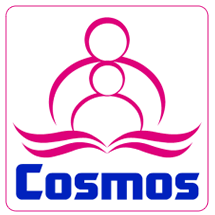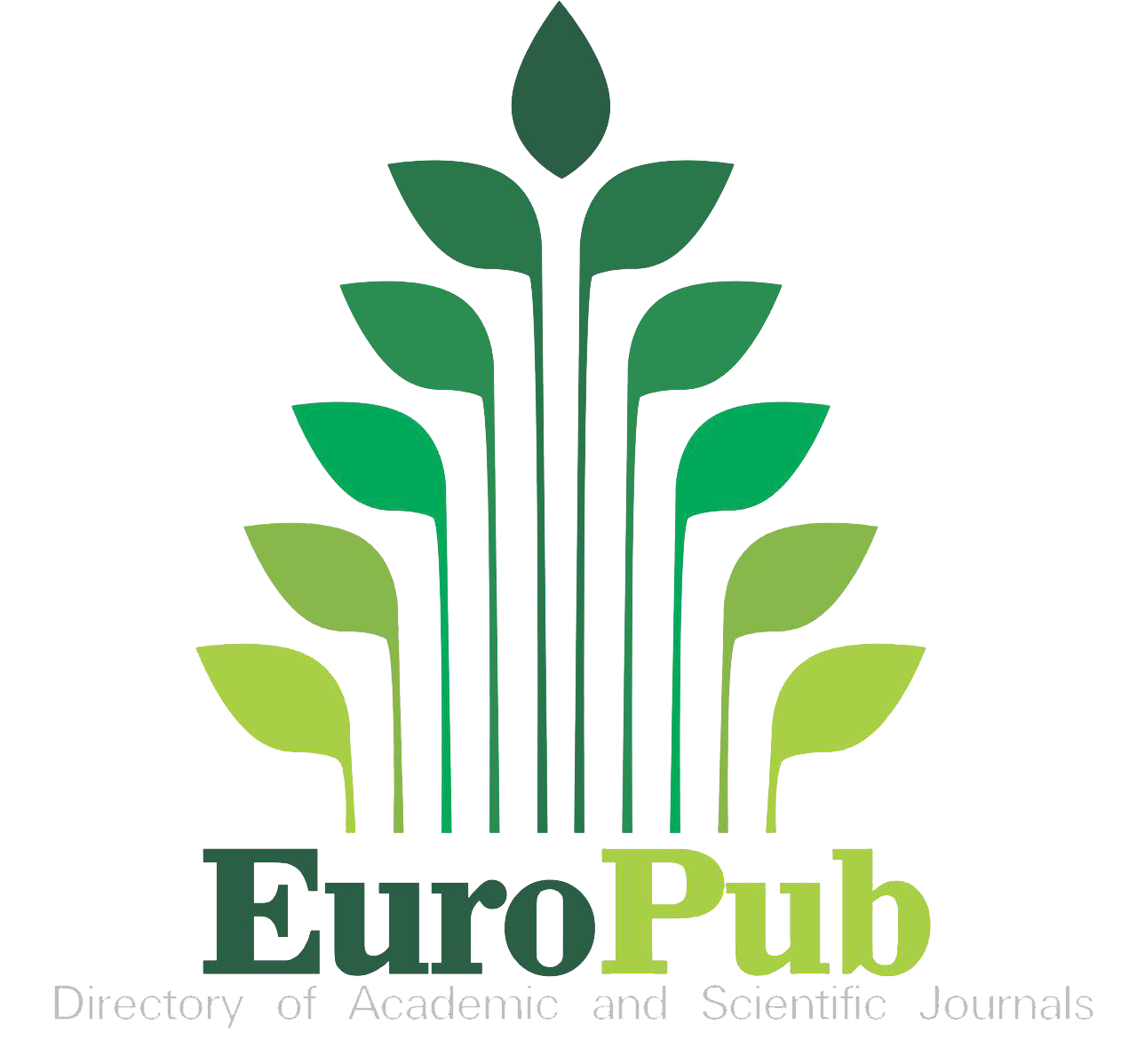Optimized Mode Selection in D2D Enabled B5G Networks: A Game Theory Approach
Keywords:
Device-to-Device Communication, Beyond Fifth Generation, Mode Selection, Interference Management and Game TheoryAbstract
Beyond Fifth Generation (B5G) networks aim to revolutionize wireless communication with unprecedented data rates, extremely low latency and high throughput. This research is motivated to optimize Device-to-Device (D2D) communication within cellular networks, where the goal is to improve wireless communication gains and performance. This research identifies the key components necessary for ensuring proper Quality of Services (QoS) provisioning for D2D and cellular users, given the challenges to ensuring appropriate QoS for both D2D and cellular users done by a holistic method to ensure the user experience is smooth while the network capability is fully utilized, which aims to improve the efficiency and performance in wireless communication. Leveraging the power of game theory, this study develops practical solutions for the identified challenges. Furthermore, this work presents a proposed solution, goals, architecture and methodology of the proposed game-theoretic model, paving the way for enhanced D2D communication in future B5G networks.
References
M. K. Murtadha, “Adaptive D2D communication with integrated in-band and Outband spectrum by employing channel quality indicator,” J. Eng. Sci. Technol., vol. 1, no. 17, pp. 0491–0507, 2022, [Online]. Available: https://jestec.taylors.edu.my/Vol 17 Issue 1 February 2022/17_1_34.pdf
K. Doppler, M. Rinne, C. Wijting, C. B. Ribeiro, and K. Hug, “Device-to-device communication as an underlay to LTE-advanced networks,” IEEE Commun. Mag., vol. 47, no. 12, pp. 42–49, Dec. 2009, doi: 10.1109/MCOM.2009.5350367.
J. Seppälä, T. Koskela, T. Chen, and S. Hakola, “Network controlled Device-to-Device (D2D) and cluster multicast concept for LTE and LTE-A networks,” 2011 IEEE Wirel. Commun. Netw. Conf. WCNC 2011, pp. 986–991, 2011, doi: 10.1109/WCNC.2011.5779270.
M. A. Hassan Mitul and M. Munjure Mowla, “Investigation of Energy Efficiency in Underlaid D2D Assisted 5G Cellular Network,” 3rd Int. Conf. Electr. Comput. Telecommun. Eng. ICECTE 2019, pp. 81–84, Dec. 2019, doi: 10.1109/ICECTE48615.2019.9303542.
Y. J. Haythem Bany Salameh , Aseel Alkana’neh, Rami Halloush, Ahmed Musa, “Joint opportunistic MIMO-mode selection and channel–user assignment for improved throughput in beyond 5G networks,” Ad Hoc Networks, vol. 144, p. 103151, 2023, [Online]. Available: https://www.sciencedirect.com/science/article/abs/pii/S1570870523000719?via%3Dihub
S. Jayakumar and N. S, “A review on resource allocation techniques in D2D communication for 5G and B5G technology,” Peer-to-Peer Netw. Appl., vol. 14, no. 1, pp. 243–269, Jan. 2021, doi: 10.1007/S12083-020-00962-X/METRICS.
You-Chiun Wang, “Resource and Power Management for In-Band D2D Communications,” HORIZONS Comput. Sci. Res., vol. 21, 2022, [Online]. Available: https://people.cs.nycu.edu.tw/~wangyc/publications/books/b008-nova22-d2d.pdf
K.-T. F. and L.-L. Y. C. -H. Fang, “Resource Allocation for URLLC Service in In-Band Full-Duplex-Based V2I Networks,” IEEE Trans. Commun., vol. 70, no. 5, pp. 3266–3281, 2022, doi: 10.1109/TCOMM.2022.3161676.
V. O. Nyangaresi, Z. A. Abduljabbar, M. A. Al Sibahee, I. Q. Abduljaleel, and E. W. Abood, “Towards Security and Privacy Preservation in 5G Networks,” 2021 29th Telecommun. Forum, TELFOR 2021 - Proc., 2021, doi: 10.1109/TELFOR52709.2021.9653385.
N. D. and H. W. L. Chen, “Performance Analysis of D2D and Cellular Coexisting Networks With Interference Management,” IEEE Access, vol. 8, pp. 82747–82759, 2020, doi: 10.1109/ACCESS.2020.2991077.
S. Roy, S. Dash, and B. Sahu, “Data Privacy Issue In 5G and Beyond SIoT Network,” SSRN Electron. J., Jun. 2023, doi: 10.2139/SSRN.4663121.
M. S. M. Gismalla et al., “Survey on Device to Device (D2D) Communication for 5GB/6G Networks: Concept, Applications, Challenges, and Future Directions,” IEEE Access, vol. 10, no. Vlc, pp. 30792–30821, 2022, doi: 10.1109/ACCESS.2022.3160215.
A. M. Quang-Nhat Tran, Nguyen-Son Vo, Quynh-Anh Nguyen, Minh-Phung Bui, Thanh-Minh Phan, Van-Viet Lam, “D2D Multi-hop Multi-path Communications in B5G Networks: A Survey on Models, Techniques, and Applications,” EAI Endorsed Trans. Ind. Networks Intell. Syst., vol. 25, no. 7, 2021, [Online]. Available: https://eudl.eu/doi/10.4108/eai.7-1-2021.167839
R. I. Ansari et al., “5G D2D Networks: Techniques, Challenges, and Future Prospects,” IEEE Syst. J., vol. 12, no. 4, pp. 3970–3984, Dec. 2018, doi: 10.1109/JSYST.2017.2773633.
P. Pawar and A. Trivedi, “Power allocation approach for underlay D2D communication in cellular network,” 2017 Conf. Inf. Commun. Technol. CICT 2017, vol. 2018-April, pp. 1–4, Jul. 2017, doi: 10.1109/INFOCOMTECH.2017.8340647.
M. Tehrani, M. Uysal, and H. Yanikomeroglu, “Device-to-device communication in 5G cellular networks: Challenges, solutions, and future directions,” IEEE Commun. Mag., vol. 52, no. 5, pp. 86–92, 2014, doi: 10.1109/MCOM.2014.6815897.
L. H. and Z. G. Y. Li, W. Song, Z. Su, “A Distributed Mode Selection Approach Based on Evolutionary Game for Device-to-Device Communications,” IEEE Access, vol. 6, pp. 60045–60058, 2018, doi: 10.1109/ACCESS.2018.2874815.
R. Rathi and N. Gupta, “Game theoretic and non-game theoretic resource allocation approaches for D2D communication,” Ain Shams Eng. J., vol. 12, no. 2, pp. 2385–2393, 2021, doi: https://doi.org/10.1016/j.asej.2020.09.029.
M. E. S. DEUSSOM DJOMADJI Eric Michel, Axel HAWAMA HAWAMA, Basile KABIENA IVAN, “A Game Theory Approach for D2D Communication Mode Selection for Terminal under a Cell,” Eur. J. Appl. Sci., vol. 10, no. 3, pp. 765–783, 2022, [Online]. Available: Received%7C April 08, 2025 Revised%7C May 10, 2025 Accepted%7C May 11, 2025 Published%7C May 13, 2025.
T. Hazra and K. Anjaria, “Applications of game theory in deep learning: a survey,” Multimed. Tools Appl., vol. 81, no. 6, pp. 8963–8994, Mar. 2022, doi: 10.1007/S11042-022-12153-2/METRICS.
S. Malathy et al., “Routing constraints in the device-to-device communication for beyond IoT 5G networks: a review,” Wirel. Networks 2021 275, vol. 27, no. 5, pp. 3207–3231, May 2021, doi: 10.1007/S11276-021-02641-Y.
Yiting Xie, “Application of Nash Equilibrium: Taking the Game Between Enterprises as an Example,” BCP Bus. Manag., vol. 44, 2023, [Online]. Available: https://bcpublication.org/index.php/BM/article/view/4977
C. X. Qiuqi Han, Guangyuan Zheng, “D2D Assisted Cellular Networks in Licensed and Unlicensed Spectrum: Matching-Iteration-Based Joint User Access and Resource Allocation,” Algorithms, vol. 14, no. 3, p. 80, 2021, doi: https://doi.org/10.3390/a14030080.
S. Ghosh and D. De, “CG-D2D: Cooperative Game Theory based Resource optimization for D2D Communication in 5G Wireless Network,” Proc. - 2020 5th Int. Conf. Res. Comput. Intell. Commun. Networks, ICRCICN 2020, pp. 171–176, Nov. 2020, doi: 10.1109/ICRCICN50933.2020.9296163.
H. Dun, F. Ye, S. Jiao, Y. Li, and T. Jiang, “The Distributed Resource Allocation for D2D Communication with Game Theory,” Proc. 2019 9th IEEE-APS Top. Conf. Antennas Propag. Wirel. Commun. APWC 2019, pp. 104–108, Sep. 2019, doi: 10.1109/APWC.2019.8870437.
G. C. Xinzhou Li, Guifen Chen, Guowei Wu, Zhiyao Sun, “Research on Multi-Agent D2D Communication Resource Allocation Algorithm Based on A2C,” Electronics, vol. 12, no. 2, p. 360, 2023, doi: https://doi.org/10.3390/electronics12020360.
K. A. N. and I. S. A. F. Qamar, K. Dimyati, M. N. Hindia, “A Stochastically Geometrical Poisson Point Process Approach for the Future 5G D2D Enabled Cooperative Cellular Network,” IEEE Access, vol. 7, pp. 60465–60485, 2019, doi: 10.1109/ACCESS.2019.2915395.
F. Qamar, A. Gachhadar, S. H. Ali Kazmi, and R. Hassan, “Successive Interference Cancellation Approach to Estimated Outage and Coverage Probability for UDN B5G Network,” 5th IEEE Int. Conf. Artif. Intell. Eng. Technol. IICAIET 2023, pp. 182–187, 2023, doi: 10.1109/IICAIET59451.2023.10291819.
Zhenyu Huang, “Evolutionary Game Analysis on Operation Mode Selection of Big-Science Infrastructures,” Systems, vol. 11, no. 9, p. 465, 2023, doi: https://doi.org/10.3390/systems11090465.
P. R. T. Amit Kumar Tiwari, Pavan Kumar Mishra, Sudhakar Pandey, “Resource Allocation and Mode Selection in 5G Networks Based on Energy Efficient Game Theory Approach,” Int. J. Recent Innov. Trends Comput. Commun., vol. 10, no. 11, 2022, [Online]. Available: https://ijritcc.org/index.php/ijritcc/article/view/5787
H. Chour, Y. Nasser, F. Bader, and O. Bazzi, “Game-theoretic based power allocation for a full duplex D2D network,” IEEE Int. Work. Comput. Aided Model. Des. Commun. Links Networks, CAMAD, vol. 2019-September, Sep. 2019, doi: 10.1109/CAMAD.2019.8858466.
J. Huang, J. Cui, C. C. Xing, and H. Gharavi, “Energy-Efficient SWIPT-Empowered D2D Mode Selection,” IEEE Trans. Veh. Technol., vol. 69, no. 4, pp. 3903–3915, Apr. 2020, doi: 10.1109/TVT.2020.2970235.
G. C. Xinzhou Li, Guifen Chen, Guowei Wu, Zhiyao Sun, “D2D Communication Network Interference Coordination Scheme Based on Improved Stackelberg,” Sustainability, vol. 15, no. 2, p. 961, 2023, doi: https://doi.org/10.3390/su15020961.
Z. L. and Z. Z. J. Gui, “Improving Energy-Efficiency for Resource Allocation by Relay-Aided In-Band D2D Communications in C-RAN-Based Systems,” IEEE Access, vol. 7, pp. 8358–8375, 2019, doi: 10.1109/ACCESS.2018.2888498.
F. Bendaoud, M. Abdennebi, and F. Didi, “Network selection using game theory,” 3rd Int. Conf. Control. Eng. Inf. Technol. CEIT 2015, Aug. 2015, doi: 10.1109/CEIT.2015.7233014.

Downloads
Published
How to Cite
Issue
Section
License
Copyright (c) 2025 50sea

This work is licensed under a Creative Commons Attribution 4.0 International License.

